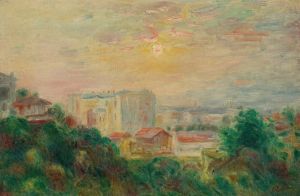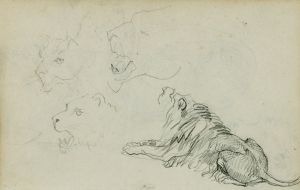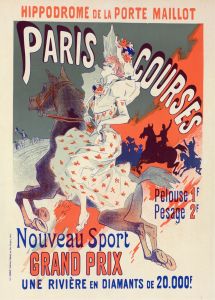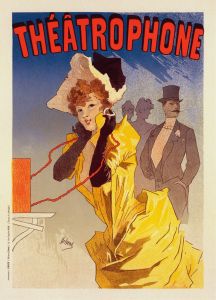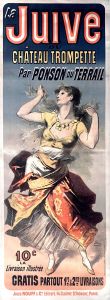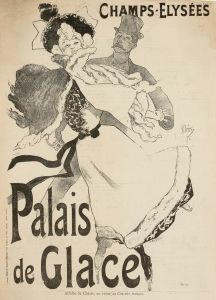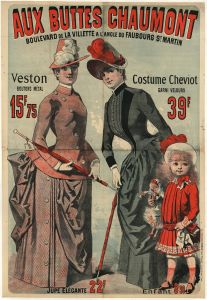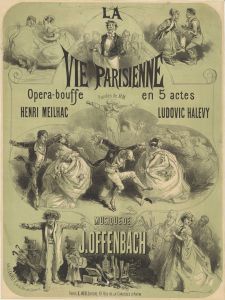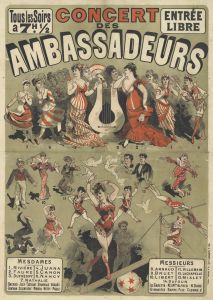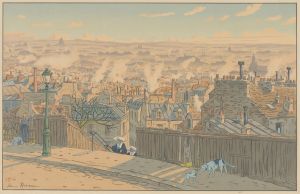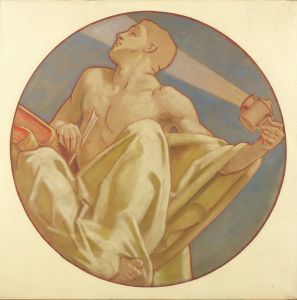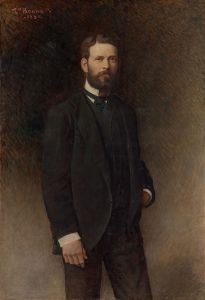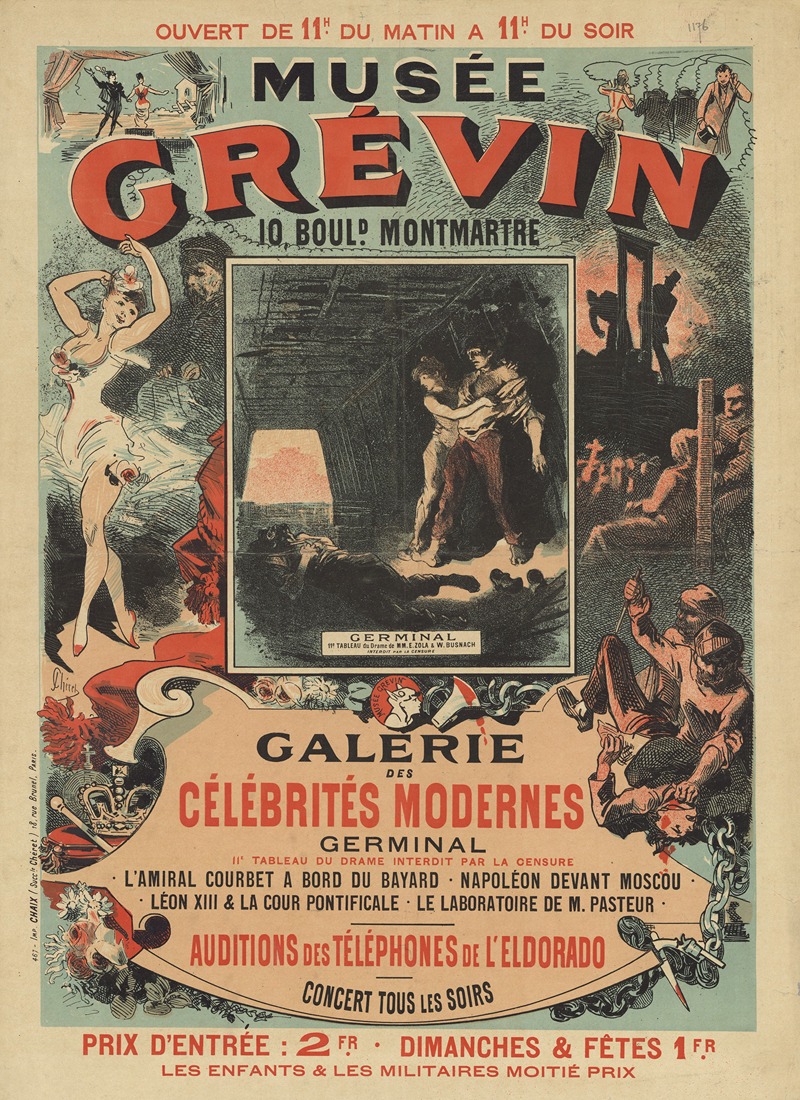
Musée Grévin, 10, boulevard Montmartre
A hand-painted replica of Jules Chéret’s masterpiece Musée Grévin, 10, boulevard Montmartre, meticulously crafted by professional artists to capture the true essence of the original. Each piece is created with museum-quality canvas and rare mineral pigments, carefully painted by experienced artists with delicate brushstrokes and rich, layered colors to perfectly recreate the texture of the original artwork. Unlike machine-printed reproductions, this hand-painted version brings the painting to life, infused with the artist’s emotions and skill in every stroke. Whether for personal collection or home decoration, it instantly elevates the artistic atmosphere of any space.
Jules Chéret's Musée Grévin, 10, boulevard Montmartre is a notable example of the artist's work in the field of poster art during the late 19th century. Chéret, often referred to as the "father of the modern poster," was a pioneering French artist and lithographer who revolutionized advertising through his vibrant and dynamic designs. This particular piece was created as a promotional poster for the Musée Grévin, a wax museum located at 10 Boulevard Montmartre in Paris, France.
The Musée Grévin, founded in 1882, was one of the first wax museums in the world and quickly became a popular attraction in Paris. It featured life-sized wax figures of historical figures, celebrities, and fictional characters, offering visitors a unique blend of entertainment and education. Chéret's poster was designed to capture the attention of passersby and entice them to visit the museum. His use of bold colors, elegant typography, and lively compositions was instrumental in drawing crowds to cultural venues like the Musée Grévin.
In this artwork, Chéret employs his signature style, which combines elements of Art Nouveau and Belle Époque aesthetics. The poster features a central female figure, a common motif in Chéret's work, depicted with grace and vitality. Surrounding her are smaller vignettes that hint at the museum's attractions, including wax figures and theatrical performances. The composition is dynamic, with flowing lines and a sense of movement that reflects the excitement and allure of the museum experience.
Chéret's innovative approach to poster design marked a departure from the more static and text-heavy advertisements of earlier decades. By integrating art and advertising, he elevated the poster to a respected form of visual communication and helped establish it as a legitimate art form. His work for the Musée Grévin is a prime example of how his designs not only served a commercial purpose but also contributed to the cultural and artistic landscape of the time.
Today, Chéret's posters, including Musée Grévin, 10, boulevard Montmartre, are celebrated for their artistic merit and historical significance. They provide insight into the cultural life of late 19th-century Paris and the evolution of graphic design as a discipline. Many of his works are preserved in museums and private collections, where they continue to be studied and admired for their innovation and beauty.





